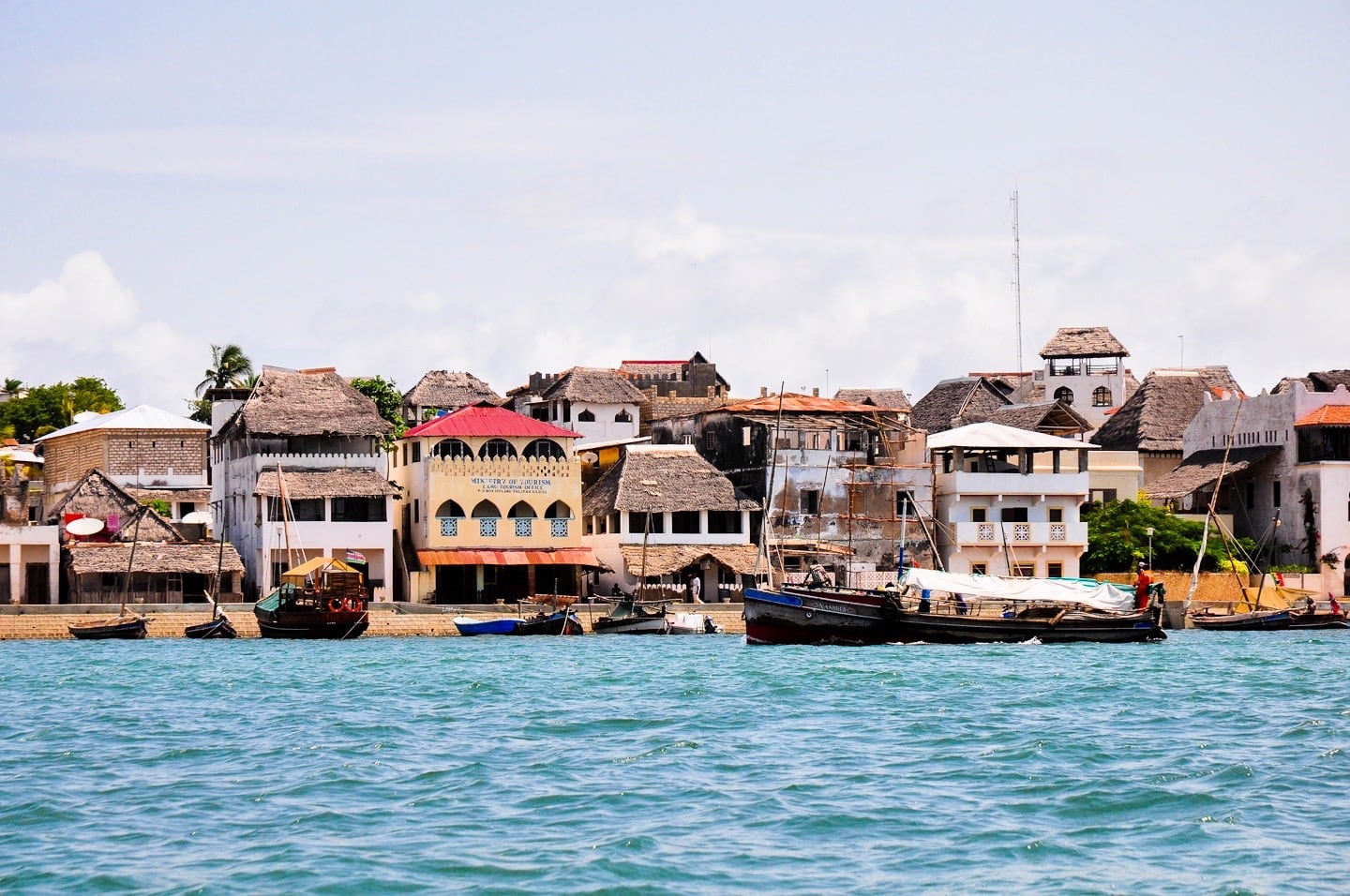
Dating back centuries, Lamu Old Town has weathered the sands of time, retaining its unique identity amidst the ebb and flow of history. Established as a trading hub, the town flourished as a center of commerce, welcoming influences from diverse cultures. Its narrow winding streets, adorned with intricately carved doors and vibrant markets, tell the stories of centuries-old trade and cultural exchange.
Architectural Marvels: The architectural wonders of Lamu Old Town are characterized by coral stone buildings that echo the town’s Swahili-Arab influences. The fusion of Swahili, Arabic, Persian, Indian, and European architectural elements creates a visual spectacle, showcasing the harmonious coexistence of these diverse cultural strands. Ornate wooden balconies, carved doorways, and stunning rooftop terraces further contribute to the town’s unique aesthetics.
Cultural Crossroads: As a melting pot of cultures, Lamu Old Town has been a historical meeting point for traders, sailors, and scholars. The town’s mosques, including the impressive Riyadha Mosque, exemplify the synthesis of diverse cultural and religious practices. The annual Lamu Cultural Festival, with its vibrant celebrations of music, dance, and traditional crafts, serves as a living testament to the enduring spirit of Lamu’s cultural heritage.
UNESCO Recognition: Lamu Old Town’s inscription as a UNESCO World Heritage Site in 2001 acknowledges its exceptional cultural and historical value. The designation highlights the importance of preserving this unique enclave, ensuring that future generations can continue to marvel at its timeless beauty and learn from its historical significance.
Preservation Challenges: Despite its UNESCO status, Lamu Old Town faces challenges, including the impacts of climate change, rising sea levels, and the need for sustainable development. Efforts are underway to balance the preservation of its heritage with the evolving needs of the local community, emphasizing responsible tourism and conservation initiatives.
Lamu Old Town stands not only as a physical embodiment of East Africa’s intricate history but also as an ongoing dialogue between the past and the present. As global interest in cultural preservation grows, Lamu Old Town remains a beacon of resilience, inviting visitors to explore its narrow streets, appreciate its architectural wonders, and immerse themselves in the vibrant tapestry of Swahili heritage.
